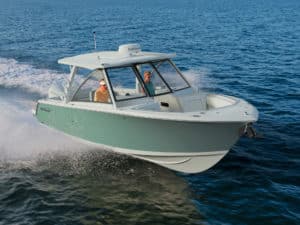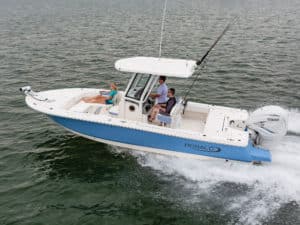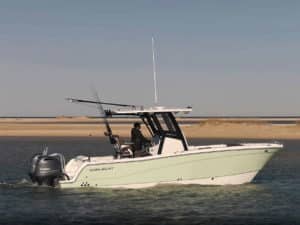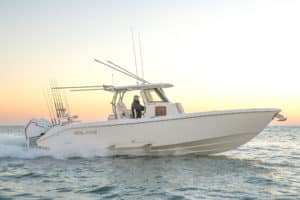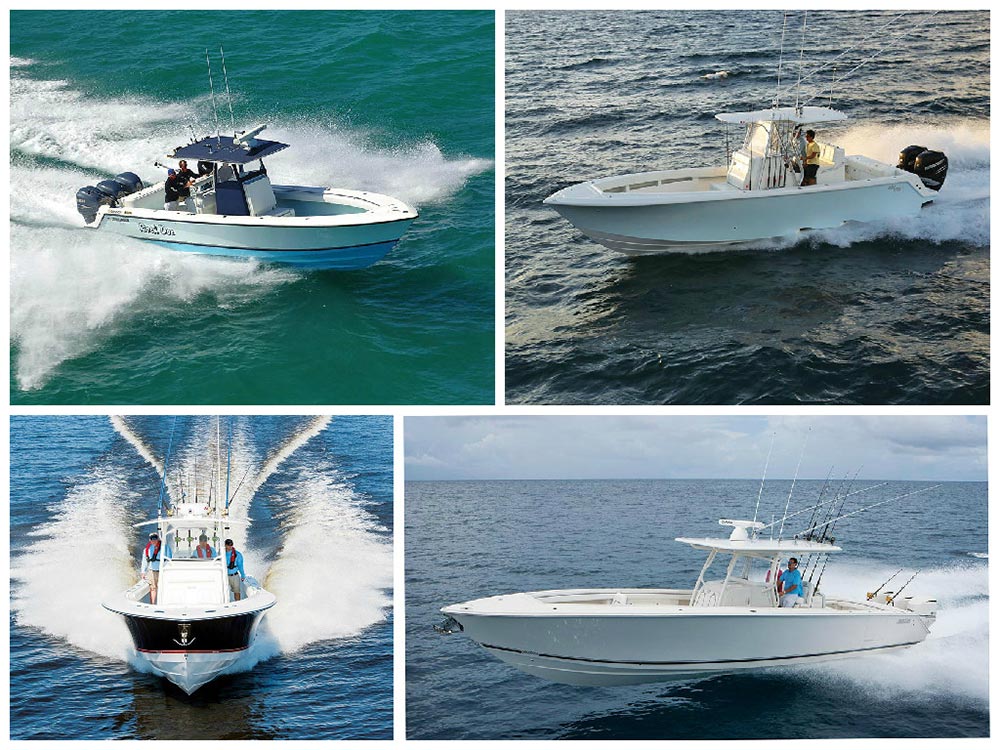
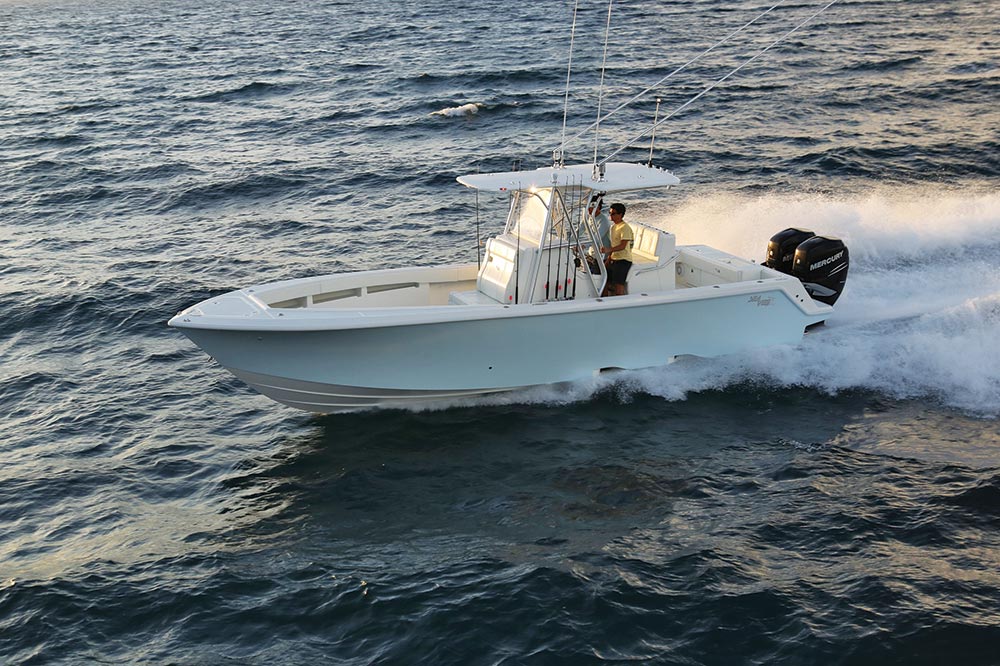
Sea Vee 320Z
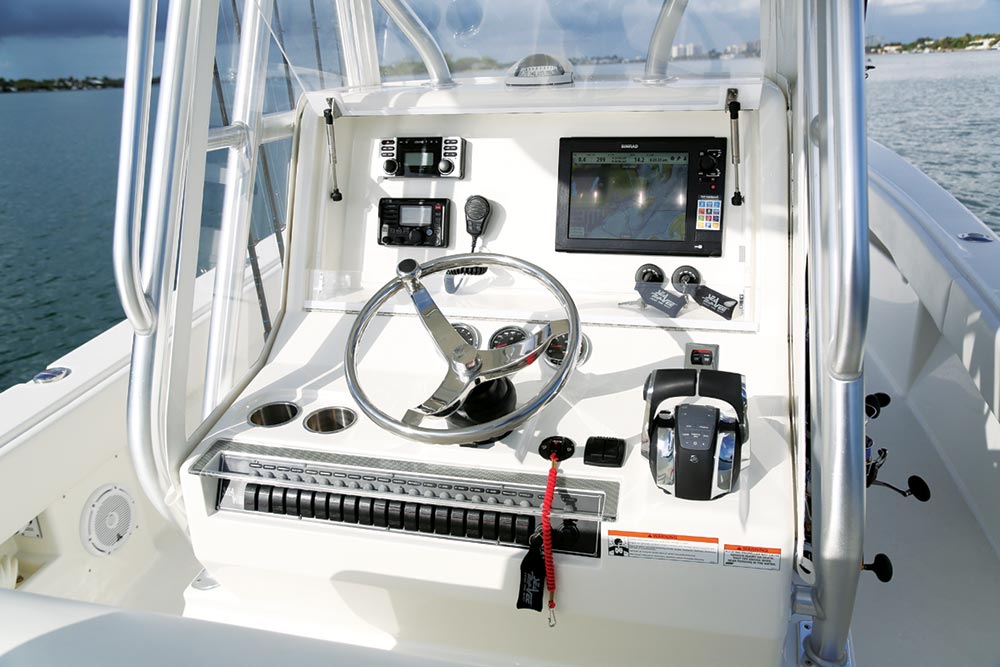
Sea Vee 320Z
LOA: 32 ft. 5 in.
BEAM: 9 ft. 4 in.
TRANSOM DEADRISE: 25 deg.
DRY WEIGHT: 6,820 lb.
MAX POWER: 800 hp
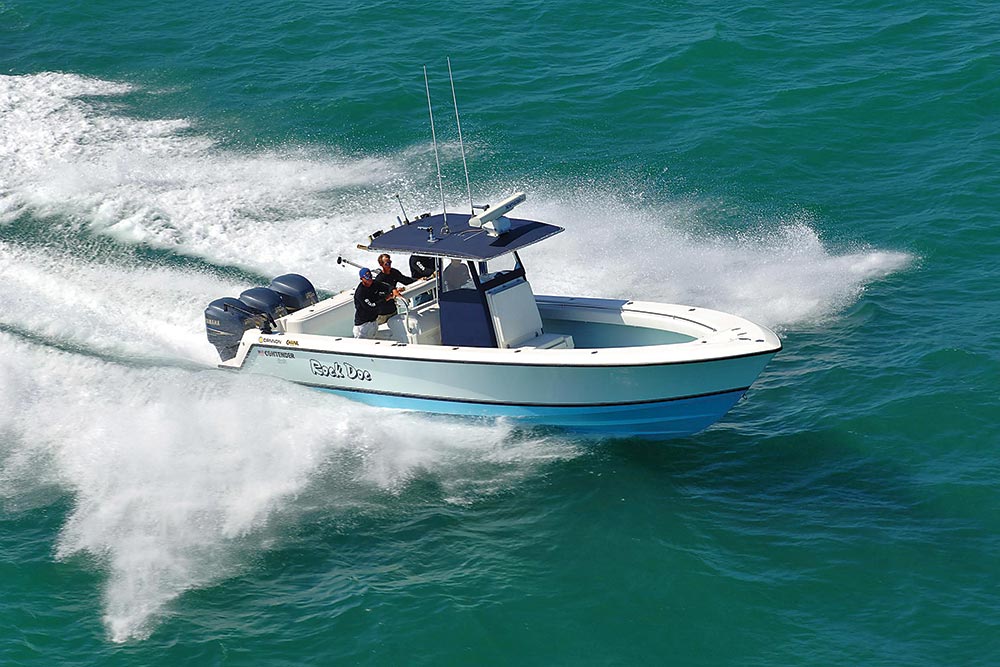
Contender 35T
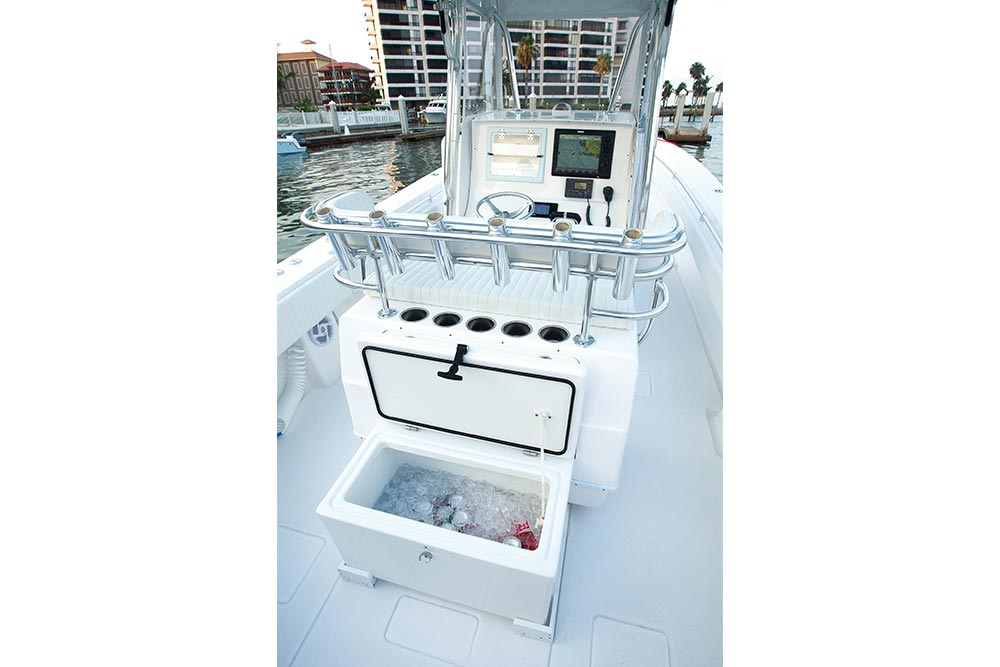
Contender 35T
LOA: 34 ft. 10 in.
BEAM: 10 ft.
TRANSOM DEADRISE: 24.5 deg.
DRY WEIGHT: 6,600 lb.
MAX POWER: 1,050 hp
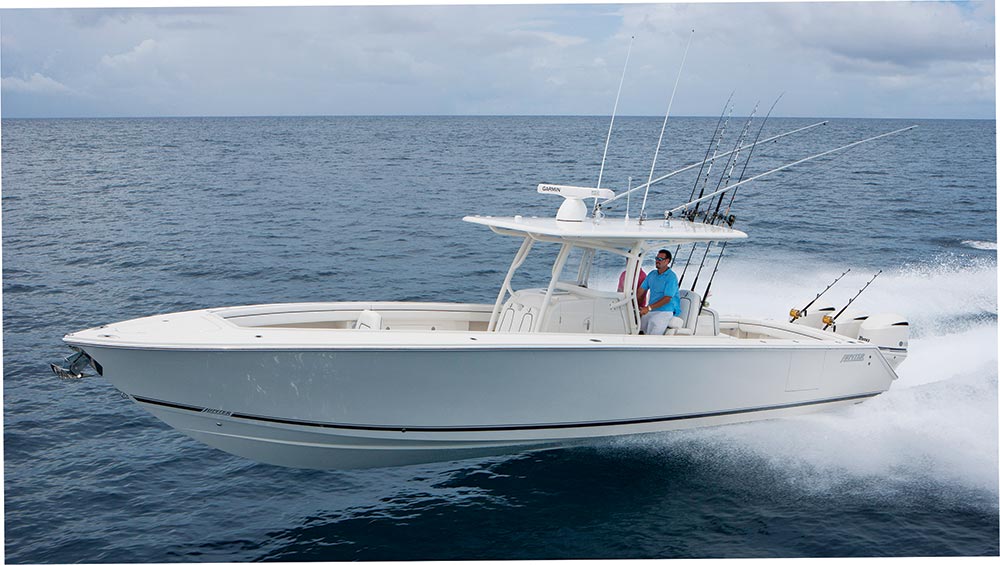
Jupiter 38 HFS
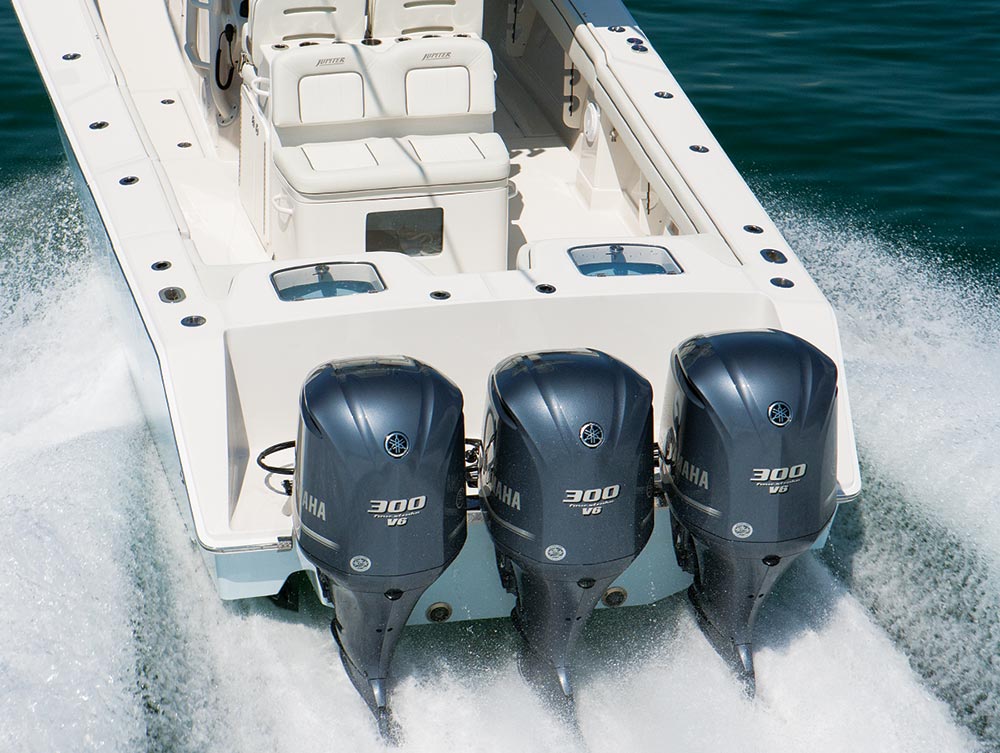
Jupiter 38 HFS
LOA: 38 ft. 2 in.
BEAM: 10 ft. 7 in.
TRANSOM DEADRISE: 24 deg.
DRY WEIGHT: 11,480 lb. (w/ engines)
MAX POWER: 1,050 hp
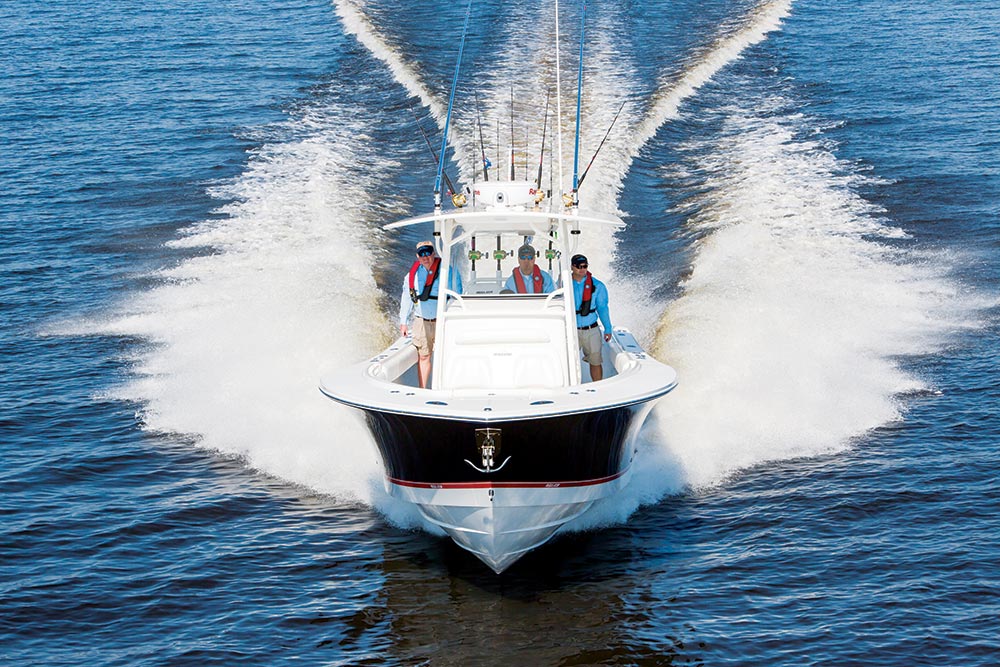
Regulator 34
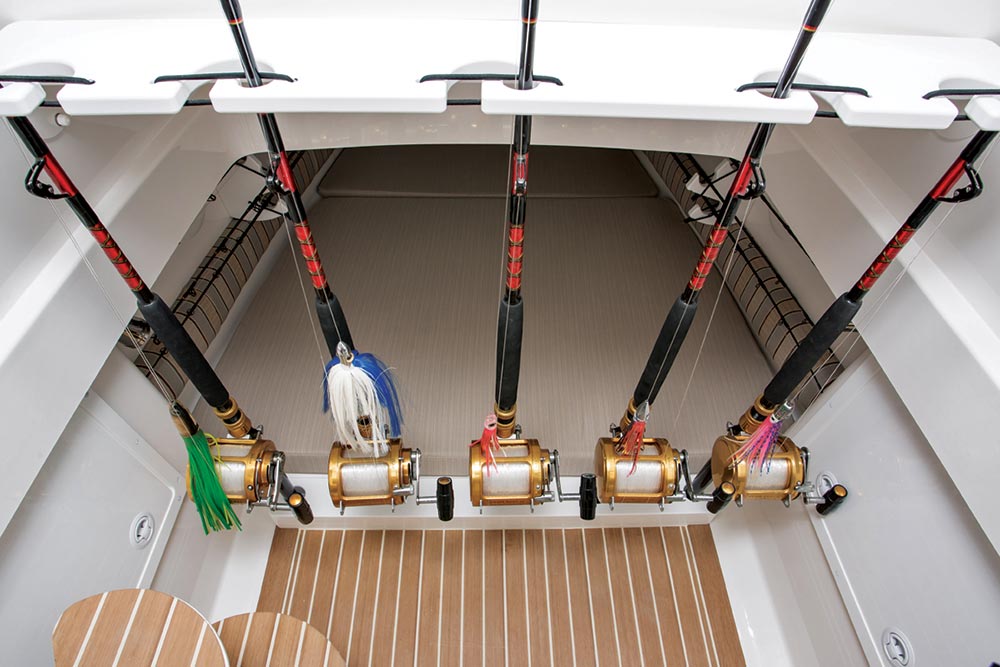
Regulator 34
LOA: 33 ft. 10 in.
BEAM: 10 ft. 11 in.
TRANSOM DEADRISE: 24 deg.
DRY WEIGHT: 11,315 lb. (w/ engines)
MAX POWER: 900 hp

